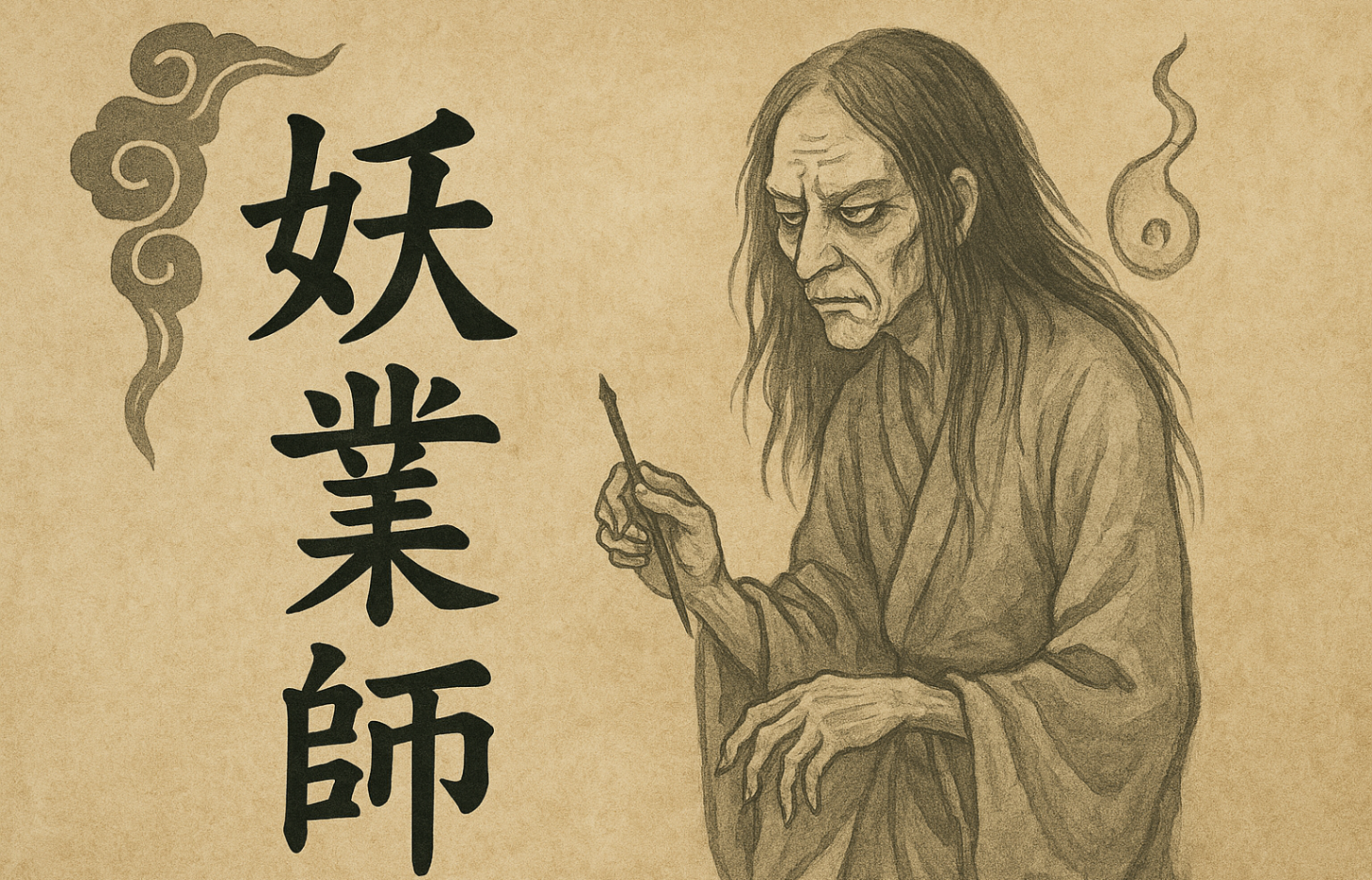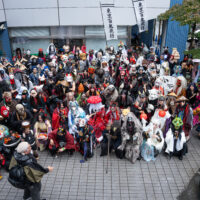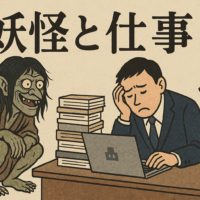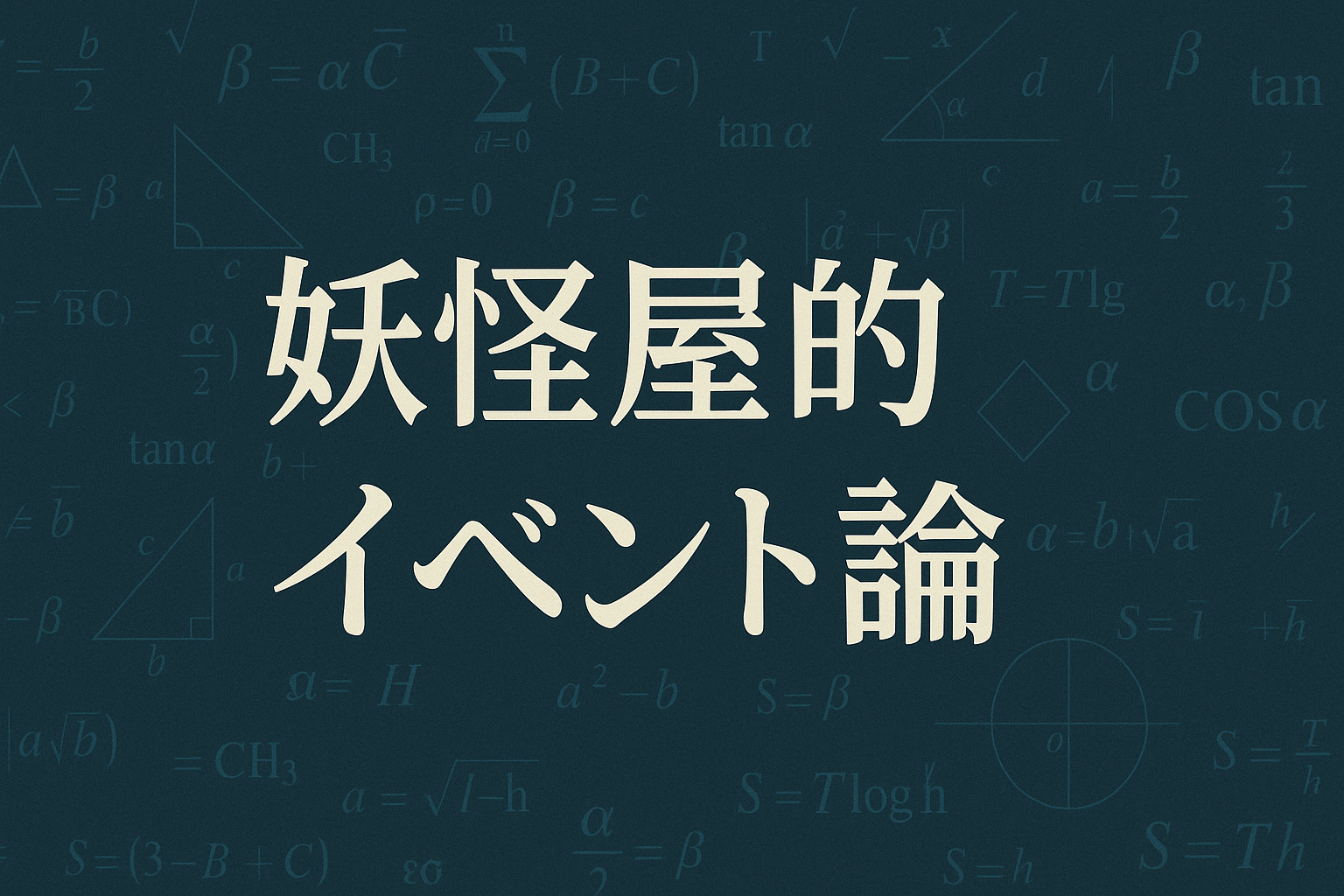
It's a little late, but "Reiwa" and Yokai
Has anyone seen "Kamen Rider Zi-O The Movie: Over Quartzer"?
I apologize for not starting off with a story about monsters, but now that more than three months have passed since the era name changed from "Heisei" to "Reiwa," this film has given me an opportunity to once again reflect on the Heisei era and the new "Reiwa" era.
Even without any of those grand impressions, as someone born at the end of the Showa era and who watched "Heisei Rider" in real time, I found the film very moving and also very enjoyable simply as entertainment.
So, that's a digression.
This time, "Reiwa" Introducing some surprising monsters associated with the legend.
It may be a bit late to talk about this, but in May 2019, the new era name was changed to "Reiwa."
The source seems to be the Dream Flower Song from the Manyoshu.
Manyoshu Plum Blossom
"I was staying at the house of a senior general and was hosting a banquet. It was the first month of spring, and the weather was fine and the breeze was gentle. The plum blossoms were blooming in front of the mirror, and the orchids were giving off their fragrant perfume."
Furthermore, the further source or roots of the relevant section of the Manyoshu seems to be a poem by Zhang Heng of the Later Han Dynasty.
“This is Nakaharu Reigetsu Jiwa Kiyo”
Zhang Heng was famous as a scientist and is said to have invented the world's first geodetic detector (earthquake detector).
There's a certain romance to it.
Returning to the topic of the Manyoshu,Plum BlossomThe song was written byOtomo no TabitoIt is said that...

In his later years, after turning 60, Otomo no TabitoAssigned to DazaifuIt is said that this harsh assignment to an old man was either a demotion by the Fujiwara clan, who held power at the time, or that he was sent to the country in the hope that he would demonstrate his skills in key areas of diplomacy and defense with China and Silla, given the international situation at the time.
just,Otomo no TabitoBesides,Plum Blossom"or"Assigned to DazaifuHave you noticed that there is a famous person associated with the keyword "?"
Yes, he is famous as the god of learning.Sugawara no Michizaneis.

Sugawara no Michizane lived more than 100 years later than Otomo no Tabito (Otomo no Tabito lived in the Nara period, while Sugawara no Michizane lived in the Heian period), but they shared a common history of being demoted to Dazaifu due to the jealousy of the Fujiwara clan.
Although it is not well known, there is a yokai that is closely related to Sugawara no Michizane.
it is,Kappais.
In 901, when Michizane Sugawara was nearly assassinated at the Chikugo River,SanzenbouThere is a legend in Fukuoka Prefecture that a kappa leader named "Michizane" tried to save Michizane but had his hand cut off and died, or that Michizane cut off the hand of Sanzenbo who was trying to drag Michizane's horse into the river.Kitano Tenmangu ShrineTo,Mummified Kappa HandIt is left behind with.
It is unclear whether he was trying to help or attack, but as a result, Sanzenbo's hand was cut off and the mummified hand is carefully kept at Kitano Tenmangu Shrine, and is apparently displayed to the public once every 25 years.
Otomo no Tabito, who wrote the poem from the Manyoshu that became the basis for the name "Reiwa", and Sugawara no Michizane, who had a lot in common with Otomo no Tabito. And the yokai associated with Sugawara no Michizane is the kappa.
That means,"Reiwa" and kappa are closely relatedIt may not be an exaggeration to say that (?!).
Returning to the Kamen Rider story at the beginning, today, August 25th, marks the final episode of the TV version of "Kamen Rider Zi-O," and next month, the first Reiwa era series, "Kamen Rider Zero-One," will apparently be based on the motif of AI (artificial intelligence).
It's interesting to see such a hot topic as AI being used in Kamen Rider.
Yokai, too, change with the times, incorporating new elements.
(However, like the "1,000 monsters theory," it may be that things have changed but their true essence has not.)
We pray that the new era of "Reiwa" (spiritual harmony) will be an era of monsters.

Text by Keijiro Watanabe
Photo: Kitano Tenmangu Shrine official website
http://www.kitanotenmangu.or.jp/index.php
References: "The Complete Guide to Japanese Monster Mummies" (Yamaguchi Naoki, Gakken Publishing), "Japanese Mysterious Monsters, Mysterious Creatures, and Monster Encyclopedia" (Shimura Arihiro, Bensei Publishing), "Japanese Folktales 59: Folktales of Oita" (Miraisha)
■ Keichan Watanabe
Born in Asahikawa, Hokkaido. Graduated from the School of Human Sciences at Waseda University. An independent researcher of monsters.
He currently splits his time between Sapporo, Hokkaido, and Tokyo, and works as a management and IT consultant, but he studied folklore and cultural anthropology at university, and continues to study yokai as his life's work.
I am currently writing articles about monsters associated with Hokkaido, where I currently live, as well as current news about business and economics.
Twitter:https://twitter.com/keishiro_w









No comments yet.